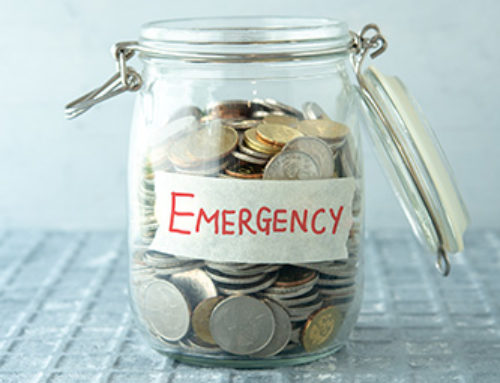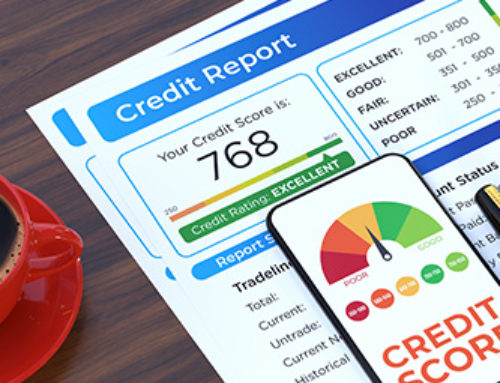Credit card issuers charge cardholders a minimum monthly payment for accumulated balances. How minimum payments are calculated can vary from issuer to issuer, but major issuers use some common methods. Paying the minimum payment is enough to get by, but cardholders should still pay the full amount each month to avoid accruing interest.
What Is a Minimum Payment?
The minimum monthly payment is the lowest amount that a credit cardholder is required to make to be in good standing each month. The cardholder doesn’t have to pay off a balance each month, but it’s always best to pay off the balance in full before interest accrues.
Making a minimum payment gives cardholders time to pay off a balance but earns interest that increases the balance. Cardholders with a balance should stop loading a card and focus on paying off the current balance to avoid taking on more debt. If the cardholder has no balance, there is no minimum payment on monthly statements.
How Do Minimum Payments Affect Creditworthiness?
A minimum monthly payment is rarely equal to the total card balance. If the cardholder only makes the minimum deposit and continues to load the card, interest can accrue quickly, and the balance continues to grow. Not only does this increase the minimum payment, but if a cardholder only pays the minimum payment, they risk damaging their creditworthiness. As the credit card balance increases, the utilization rate (the percentage of a credit line due to all issuers) also increases. Financial experts recommend that cardholders keep their credit utilization rate below 30%. Usage of more than 30% may lead to the deterioration of the creditworthiness of the cardholder.
To protect your creditworthiness, avoid spending more than you can afford. Pay the balance in full each month. This way you avoid interest and keep your credit usage as low as possible. If that’s not possible, the next best practice is to pay more than the minimum each month to reduce interest and reduce your overall balance. If even that is not possible and you can only make the minimum payment each month, it is best to stop charging the card and focus on paying off the balance in full.
On-time payments are also important. Too many late payments can not only negatively affect your credit score but can also lead to higher minimum payments due to late fees.
How Is the Minimum Payment Calculated?
The cardholder’s minimum payment is based on the current balance and the interest rate. The minimum amount may change from month to month depending on the evolution of the balance, plus any additional fees or interest charges from the previous period.
The card issuer uses three main methods to calculate the minimum payment:
A Fixed Percentage of The Cardholder’s Balance. This rate can represent a few percentage points of the total balance. In this case, the minimum payment varies according to the amount of the balance.
A Percentage of The Cardholder’s Balance Plus Any Interest or Charges from The Previous Period. Here, the card issuer may charge 1% of the balance plus the cost of interest or fees charged for the most recent monthly period.
A Flat Rate. The card issuer can charge a simple flat fee of just $35 per month (as long as the balance does not exceed a certain threshold). If the balance is less than the flat rate, the minimum payment will be the full balance. The minimum payment may increase or decrease from month to month depending on the status of the cardholder and the factors above.
How is The Minimum Payment Applied to The Balance?
Credit card payments are usually applied to card fees as they appear on monthly statements. It is possible to have more than one type of balance on a credit card, e.g., one credit for purchases and another for transfers. Cardholders who make more than the minimum payment each month typically have their payment applied first to the balance with the highest interest rate and then to each subsequent balance with a lower interest rate. Cardholders who keep a balance and accrue interest month after month need to know how the payments are used. Issuers usually apply a payment to the interest itself first and then to the balance.
Many cardholders experience a nightmarish scenario: a cardholder carries a balance, continues to make purchases, accrues interest charges, and pays only the minimum each month. Before realizing what is going on, 100% of the monthly payment is charged on the interest and not for the initial balance. This is how debt can become terrifying and uncontrollable. To avoid this scenario, pay the balance every month alternatively, pay as much as possible above the minimum. Don’t charge the card until you have repaid your balance in full: A monthly balance is a quick way to repay a debt.
Make a Plan to Pay Off Your Balance
It is best to pay off your balance. It minimizes the amount of interest you’ll pay while giving you the flexibility that credit cards provide. That said because sometimes it’s impossible to pay off everything at once, create a plan where you make meaningful progress toward paying off the balance each month. Set a deadline for paying off the balance and decide how many months it will take (remember that interest accrues and increases with each passing month).
Making minimum payments on your credit card can be tempting, especially when things are not going as planned. Try to keep the minimum payment months as low as possible and pay as much as possible whenever possible. You will end up getting an impressive reduction in the total amount you have to pay for the items you have charged.
If you’re struggling with keeping up with your credit card debt, you need to take a serious look at your financial profile and habits. Reb0und is here to help you take control of your finances so that you can get out of the unending cycle of debt. Call us today on 800 852 5049, send us an email at contact@reboundfromdebt.com, or fill out a contact form here with www.reboundfromdebt.com/schedule-a-call/



